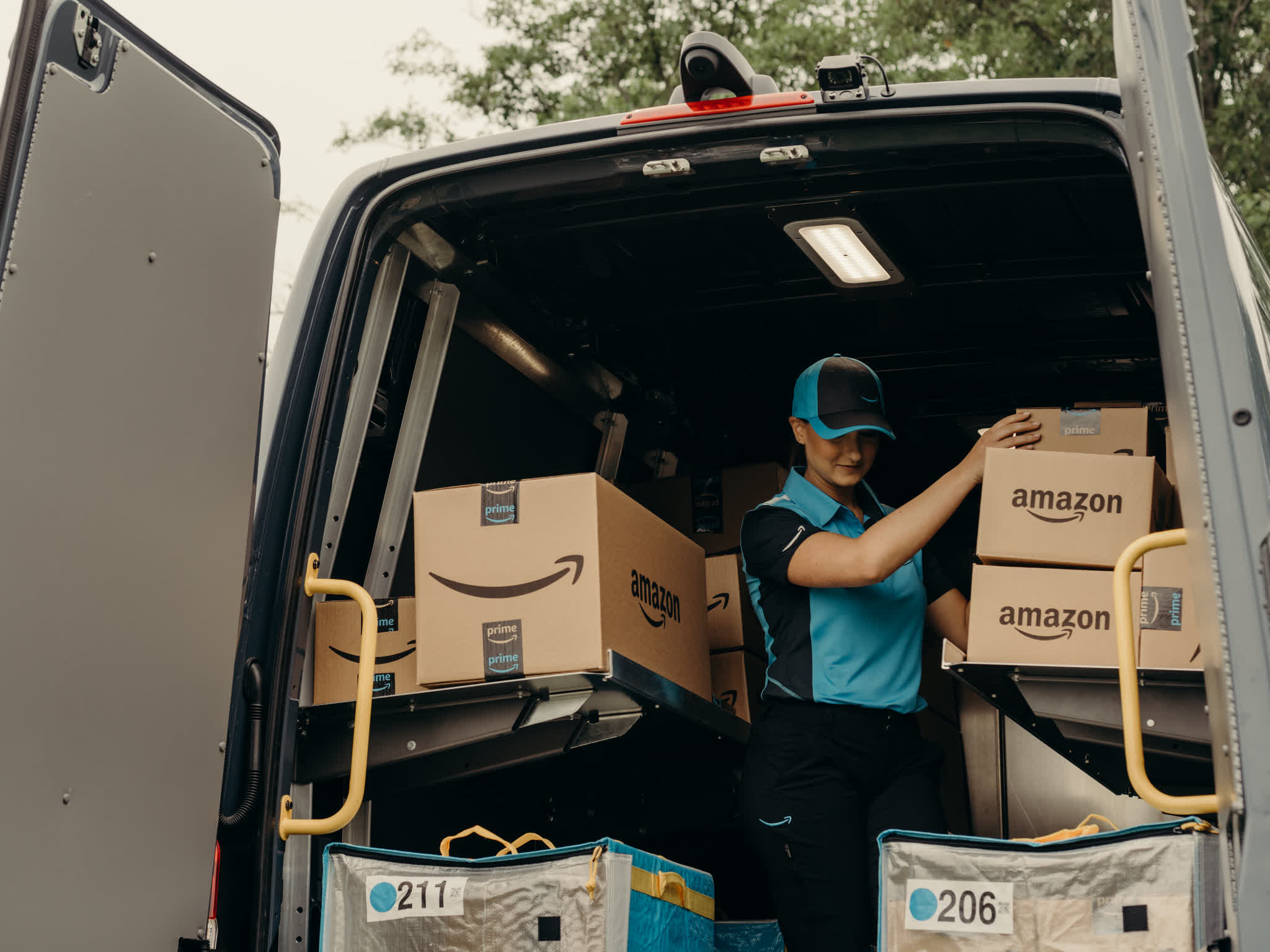Why it matters: One reason shoppers like Amazon is its review system, which lets verified buyers leave unadulterated opinions of products. Amazon tells customers that if they have an inkling a review is fake to report it immediately. Unfortunately, it is easy for unscrupulous sellers to game this system, and Amazon does not appear inclined to investigate very deeply.
Not long ago, PCWorld contributor Christoph Hoffmann received a postcard from one of the marketplace sellers who operate on Amazon offering him $21.65 for a review on an oil sprayer that only costs $10.82. The deal was he would write a five-star review and then email them his order number, a screenshot of his published review, and his PayPal address for payment.
He followed the directions and within two hours of sending the email with a screenshot of the published review he received payment.
It was difficult to identify the sender, but the payment came from China and the seller's headquarters are in Shenzhen. Amazon had done an internal check of the review and approved it, he said.
This depressing account reinforces the notion that many of the verified reviews on Amazon are fraudulent even though the company claims to be taking measures to fight it, starting with a requirement that only customers who have spent at least $50 on Amazon in the last 12 months can submit ratings and reviews. But as Hoffmann's experience showed, all a seller has to do is contact a previous buyer to request a review.
Reporting a suspect review – which Amazon asks customers to do in its guidelines – doesn't appear to yield results, as Hoffmann also discovered. Two weeks after his report to Amazon, the product review was still up with an additional 100 new five-star ratings to boot.

This is hardly a new problem for Amazon. In 2016, the New York Times reported similar activity. Paid review services seem to be the main problem, especially as they often use sophisticated methods to make the reviews appear genuine. Lauren Dragan from the Times noted that some of the more savvy pay-for-review sites even have their faux reviewers pepper in a few negative reviews of products made and sold by brands that aren't clients to create a sense of "authenticity." It's relatively simple for individuals or companies to create multiple fake Amazon accounts to post reviews.
Another way the review system has become corrupted is through the use of incentives by sellers offering free products or gift cards in exchange for positive reviews. Other sellers pay for negative reviews to be posted on their competitors' products. The mainstreaming of AI tools has made the problem worse as they made it easy to generate convincing fake reviews.
There are some ways shoppers can sniff out these fake reviews. You can look for patterns in language and timing. If multiple reviews use very similar phrasing or were posted in quick succession, this could indicate fakes. Also be suspicious of reviews that are overly positive or negative without offering enough detail to explain why.
Another tip: Look at the reviewer's history to see if they only leave 5-star reviews or have reviewed many products in a short time.
Tools provided by Fakespot or The Review Index can also provide clarity. It should be noted, though, that in 2021 Amazon asked Apple to remove Fakespot's app from the iOS App Store. Amazon claimed that the Fakespot app violated App Store guideline 5.2.2, which prohibits developers from using third-party content in an app without permission.
Fakespot founder Saoud Khalifah had a different take, telling reporters that Amazon must have realized people were choosing their app over the Amazon app.
